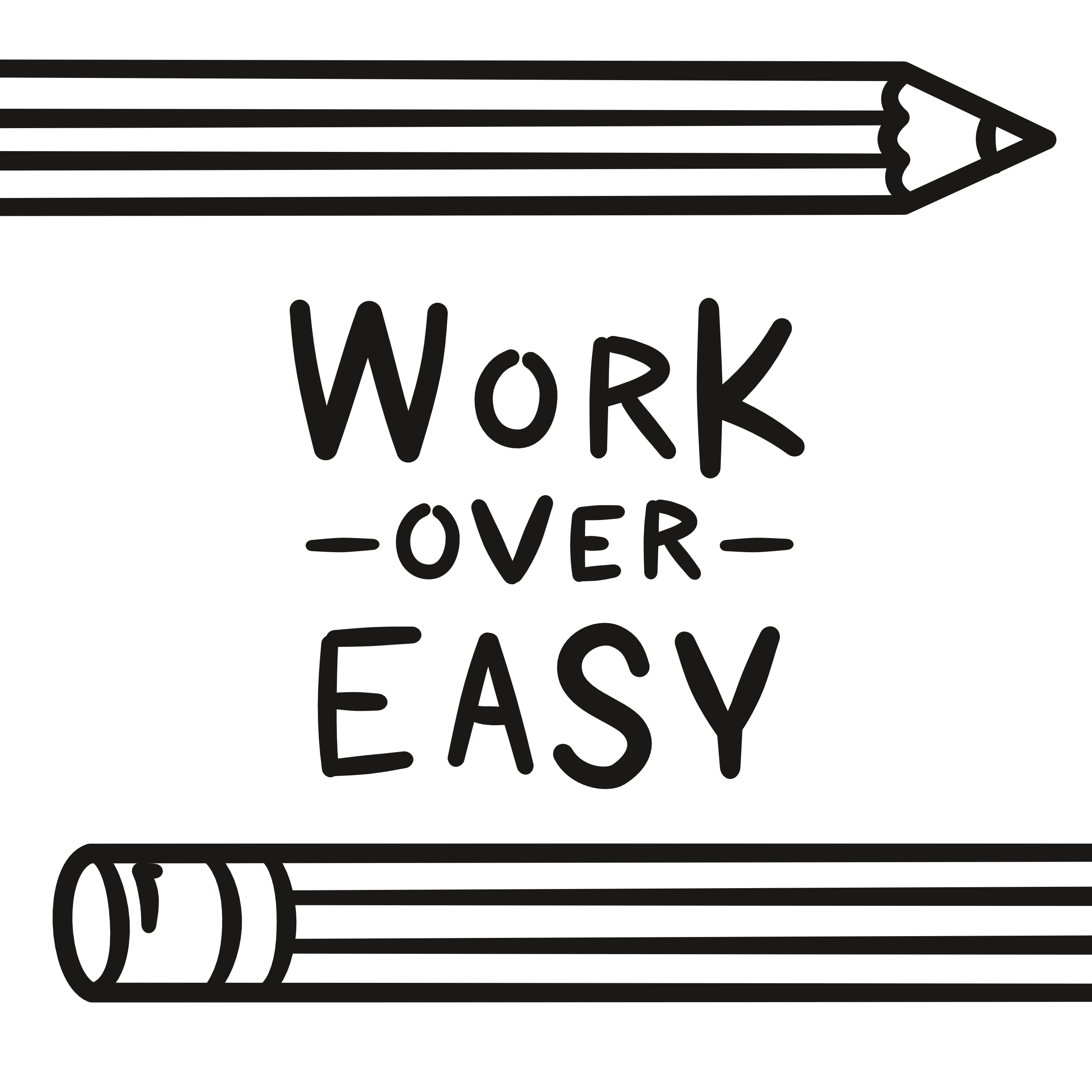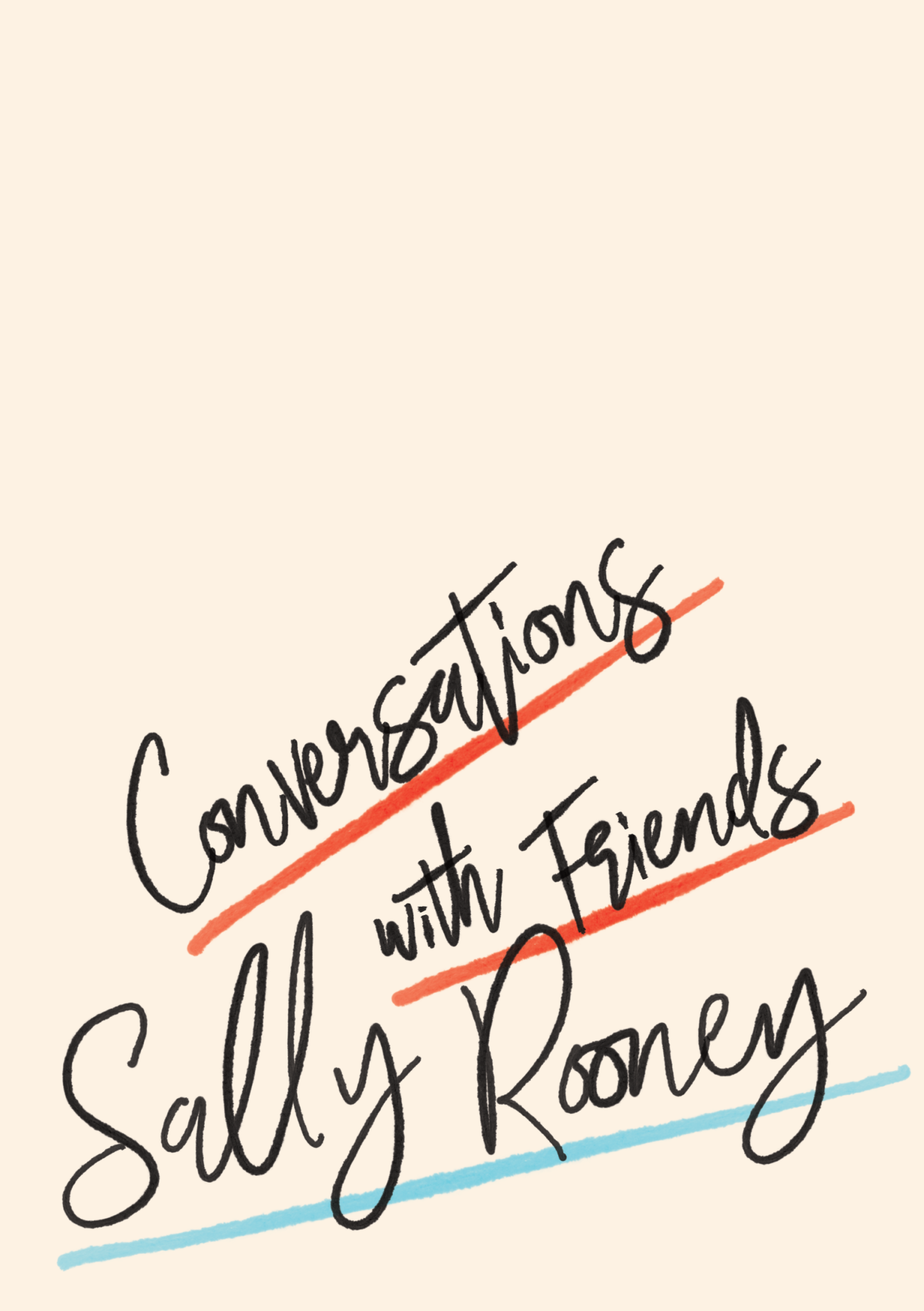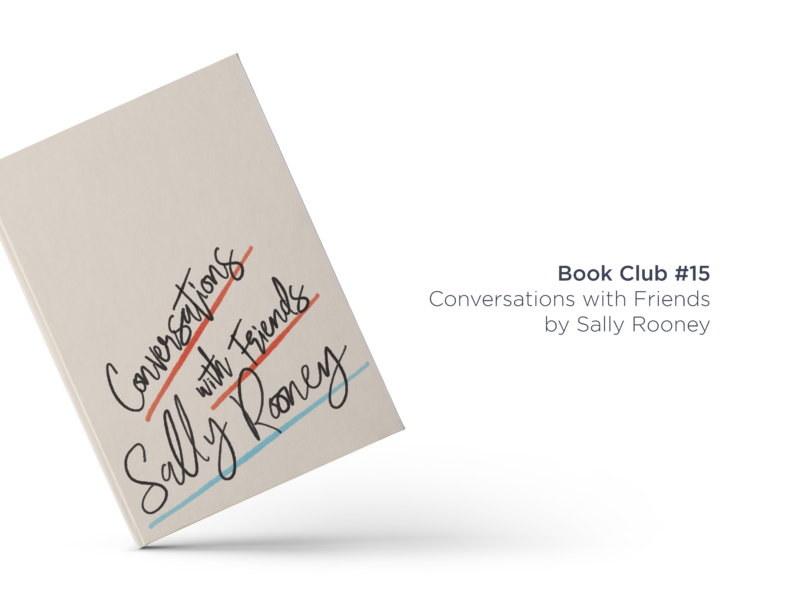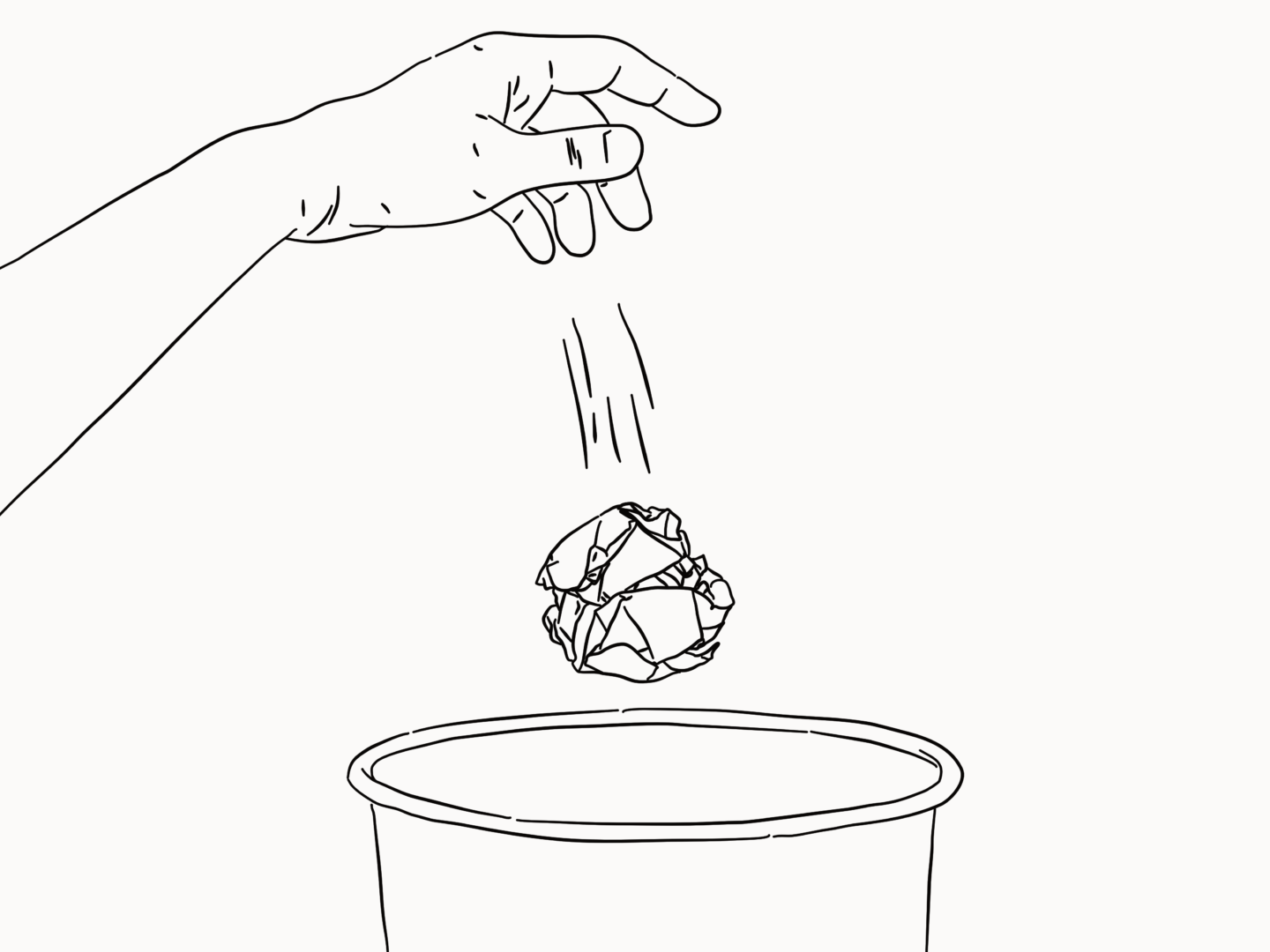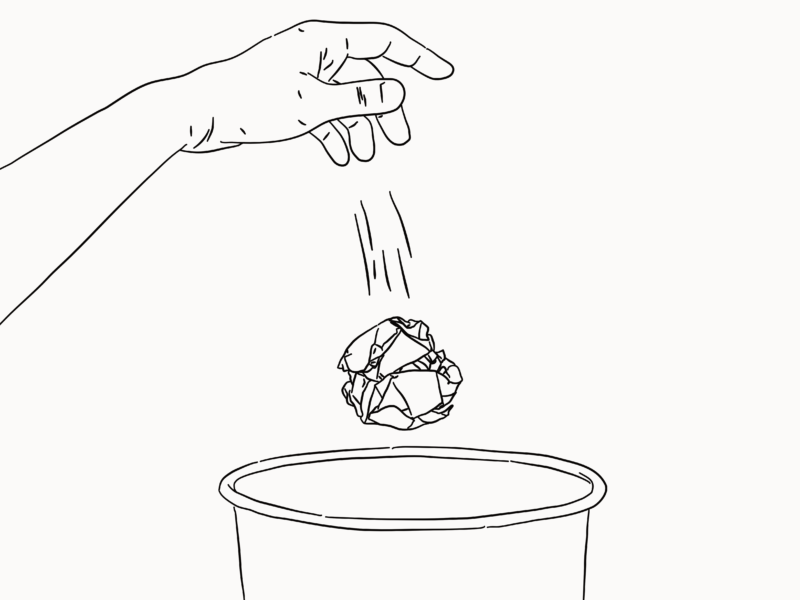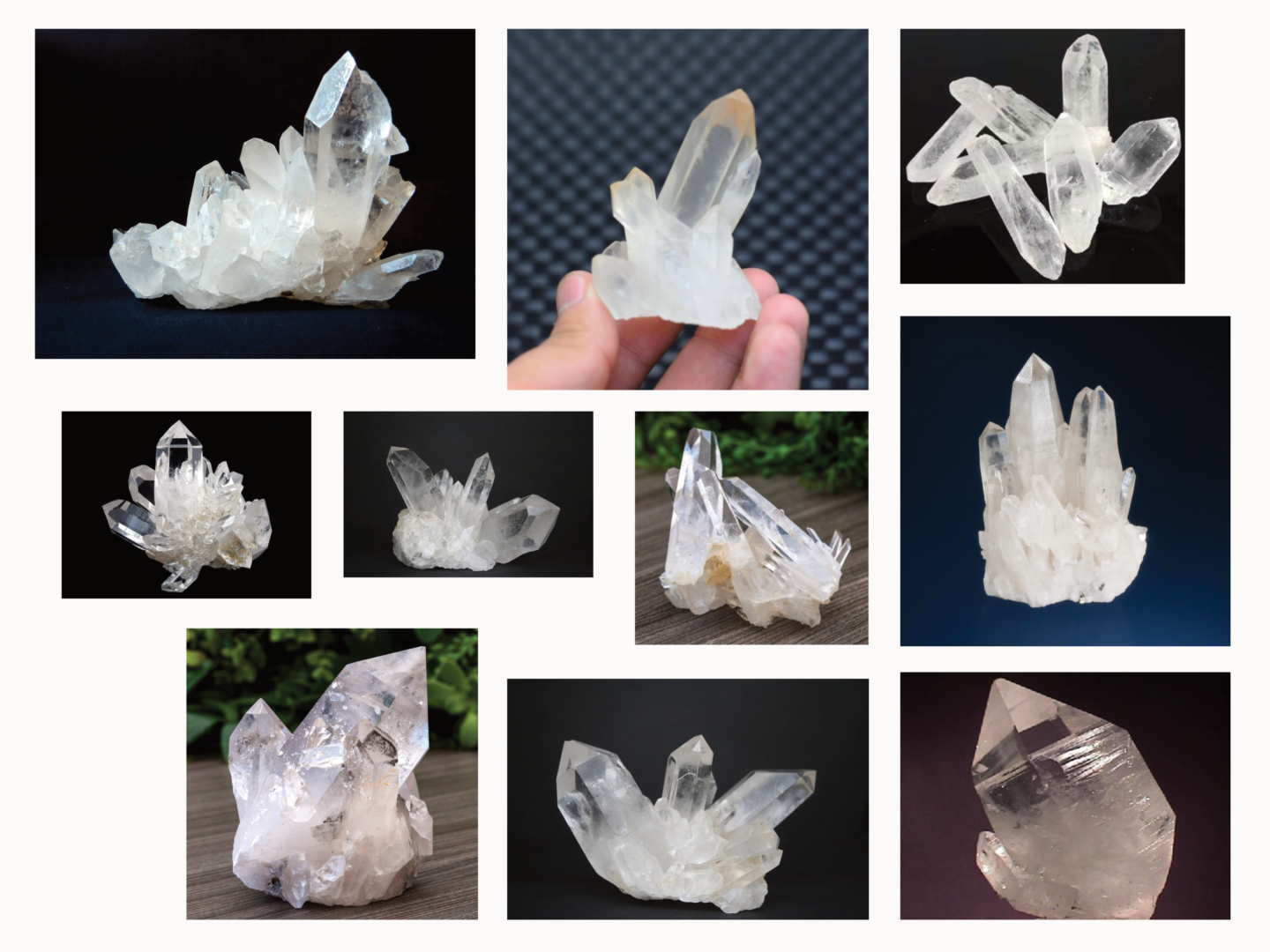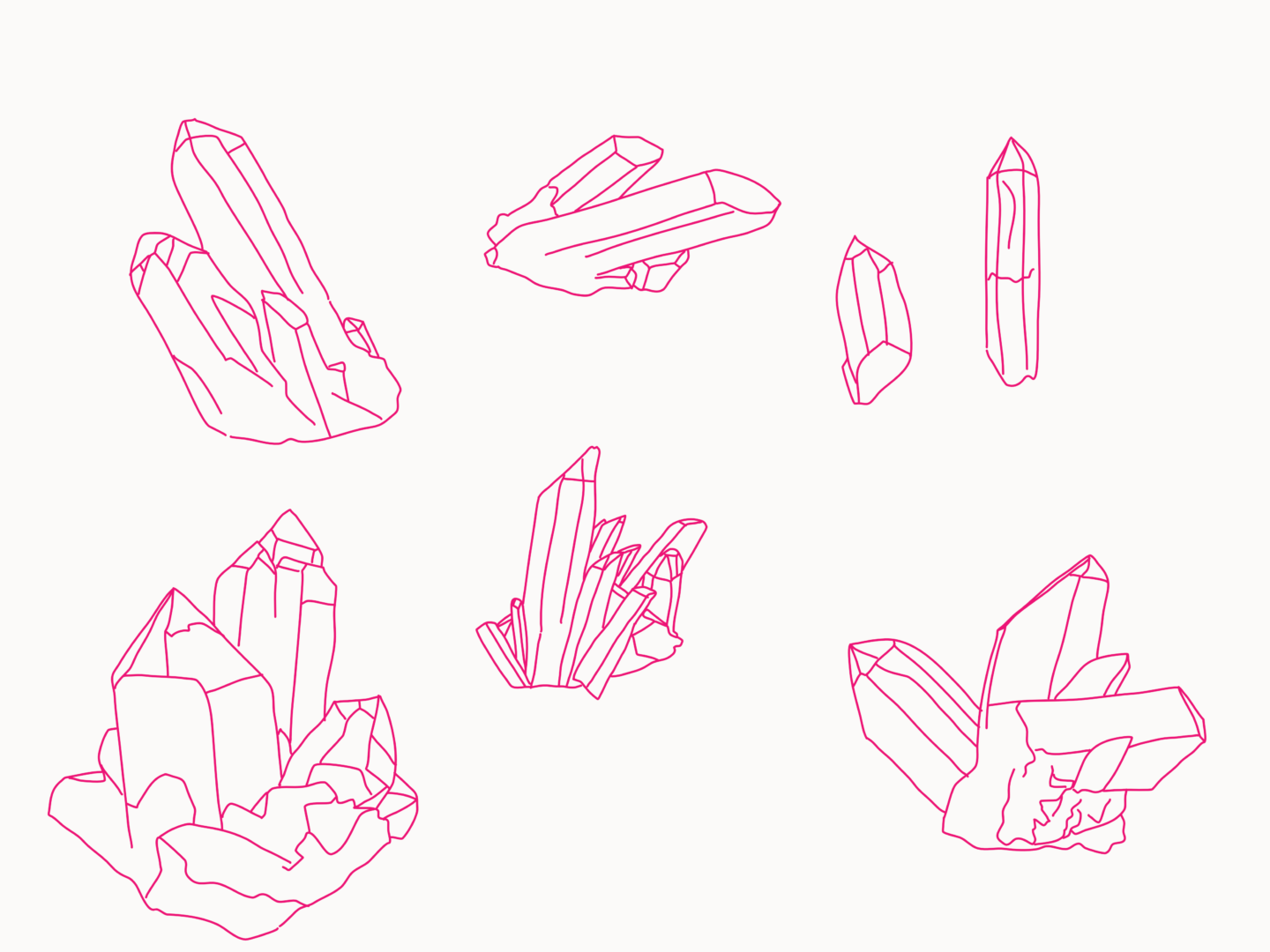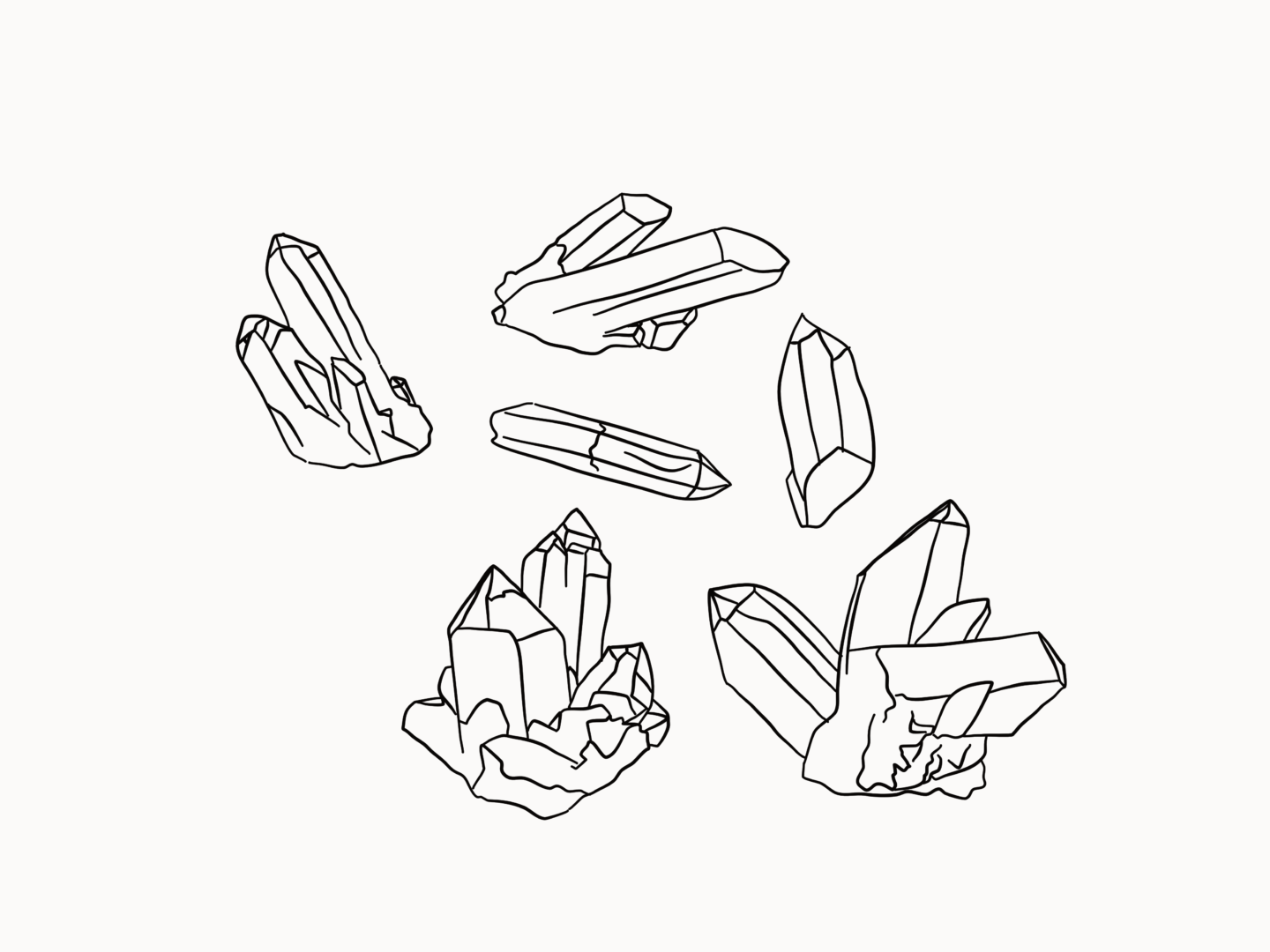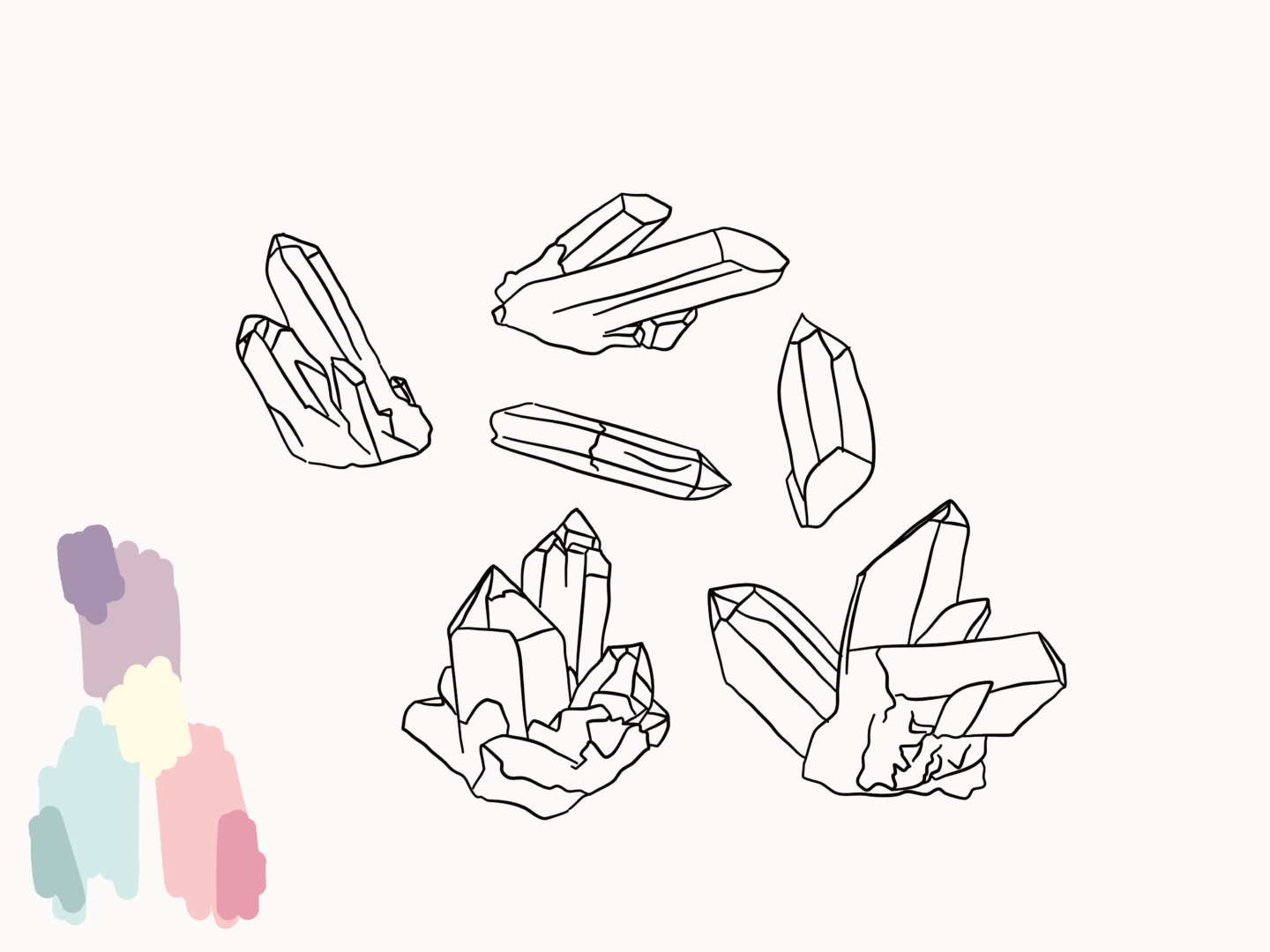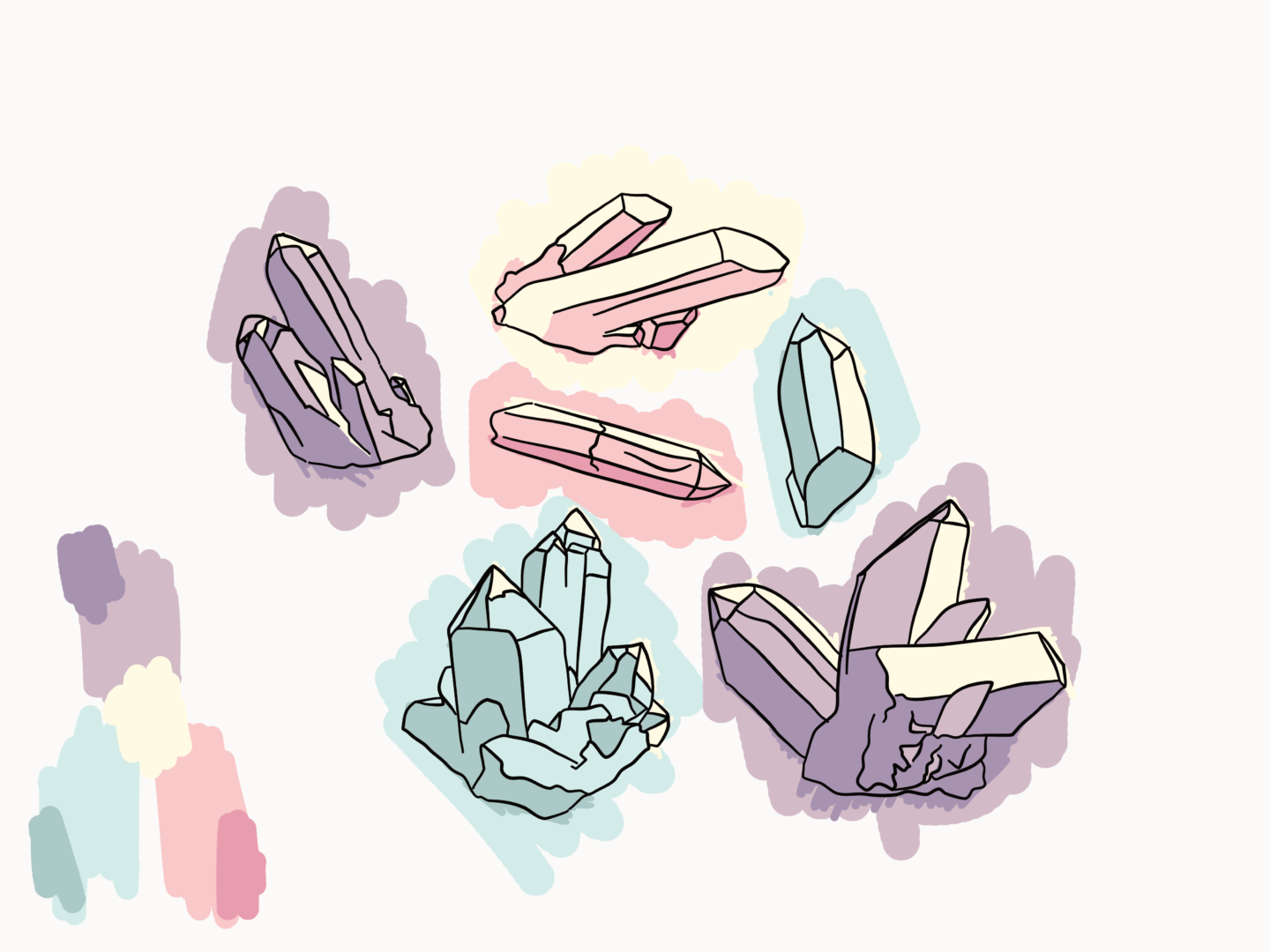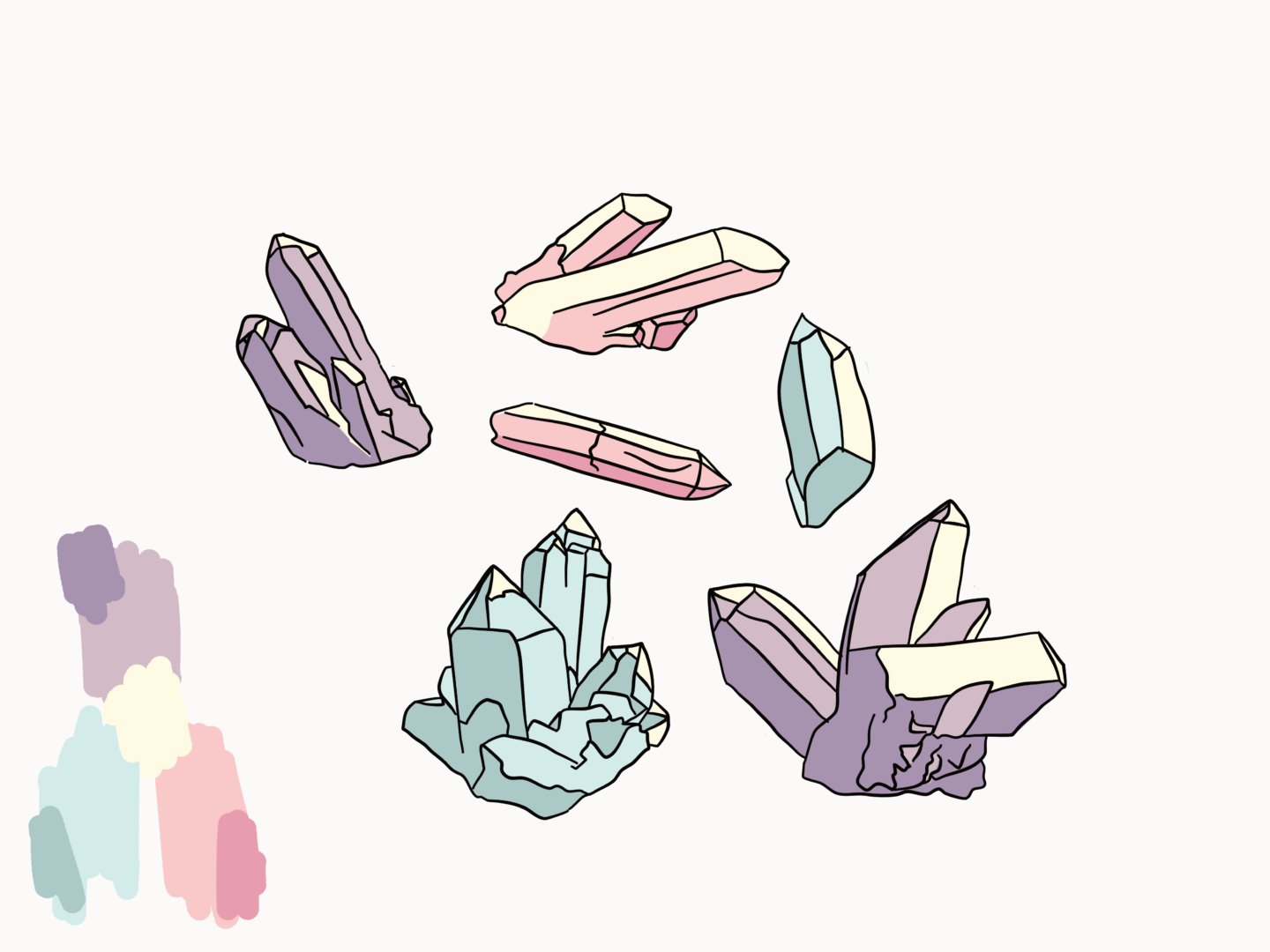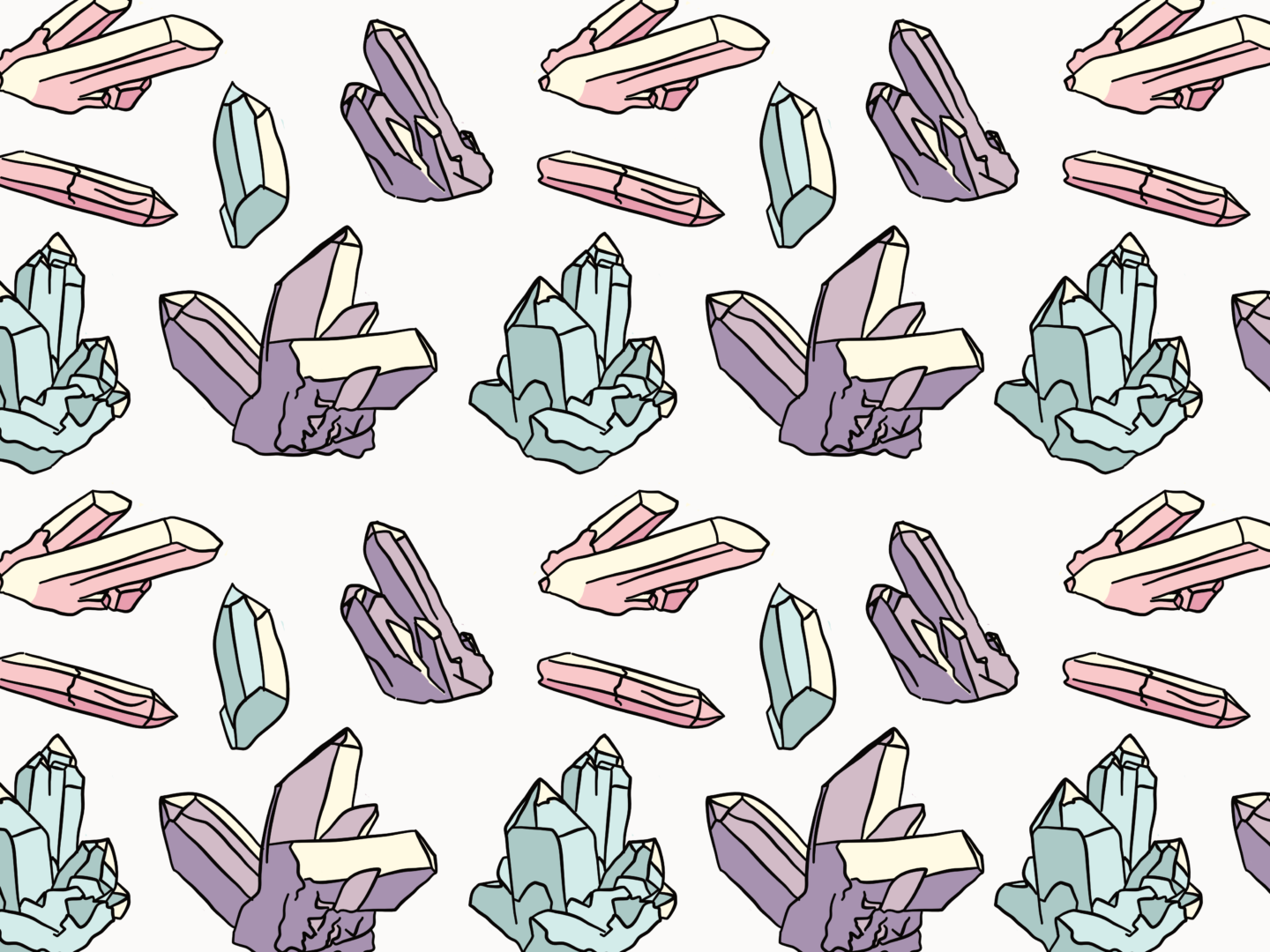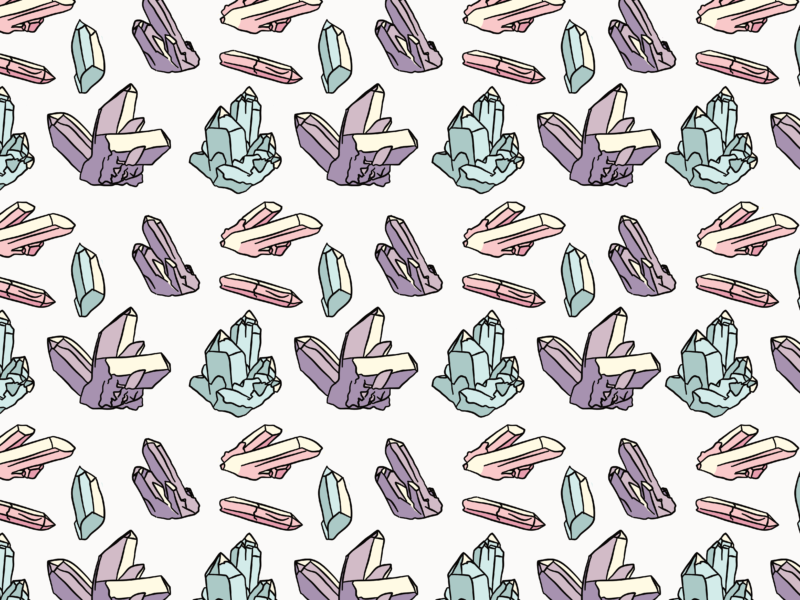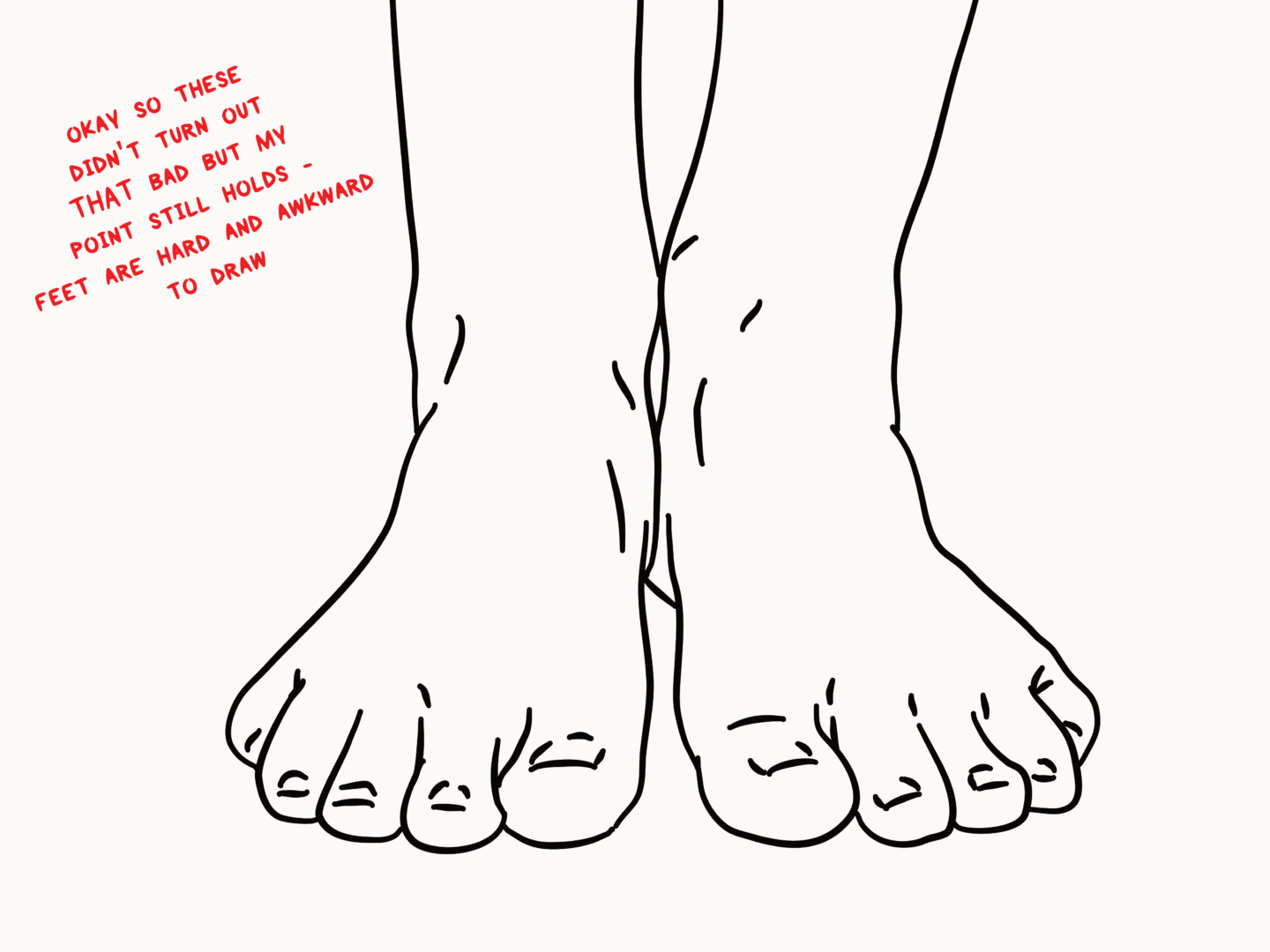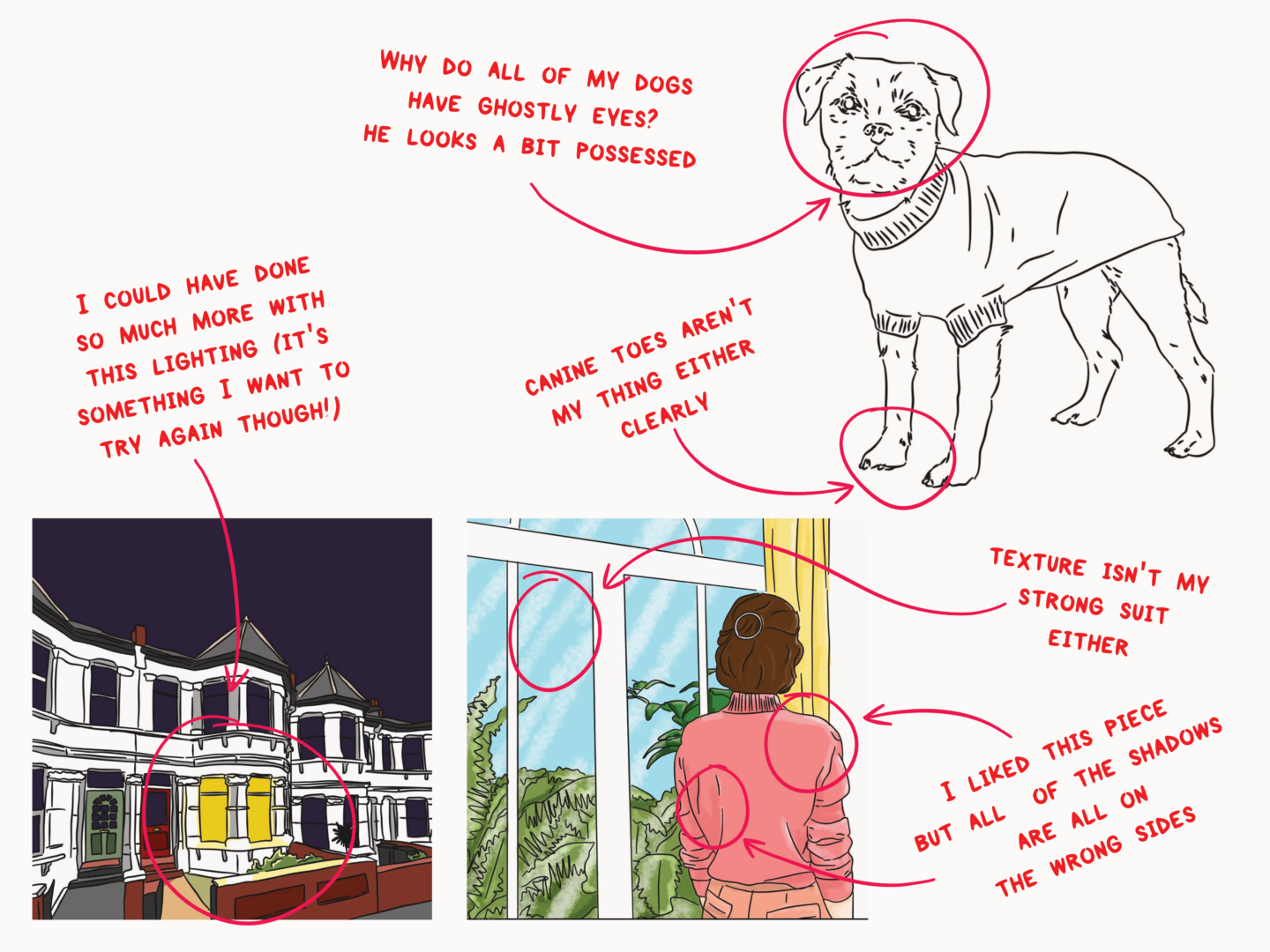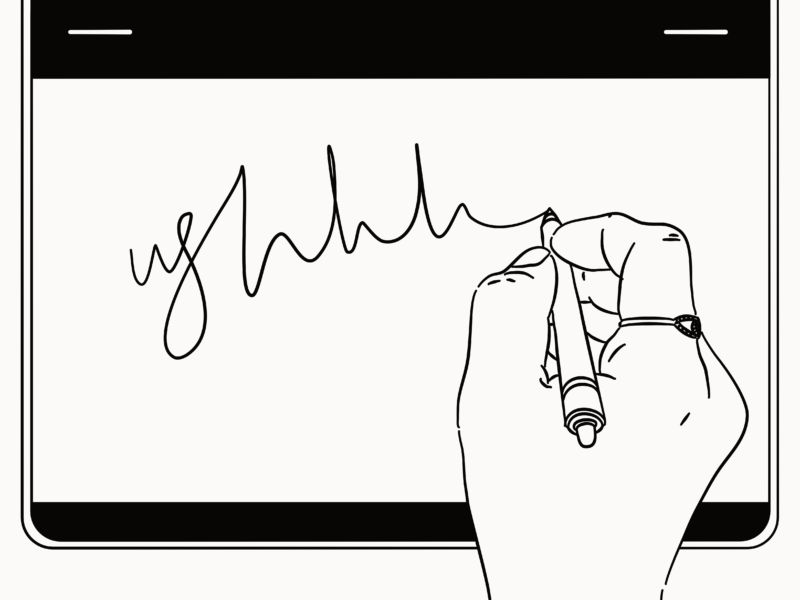‘What’s in my bag’ videos are absolute staples in the YouTube and blogging worlds, and a weird (not so) guilty pleasure of mine. So, as I’ve now been at this game for a well over a year I thought it was about time I did my own, illustrated version.
So, get prepared for the thrills of what’s in my work bag.
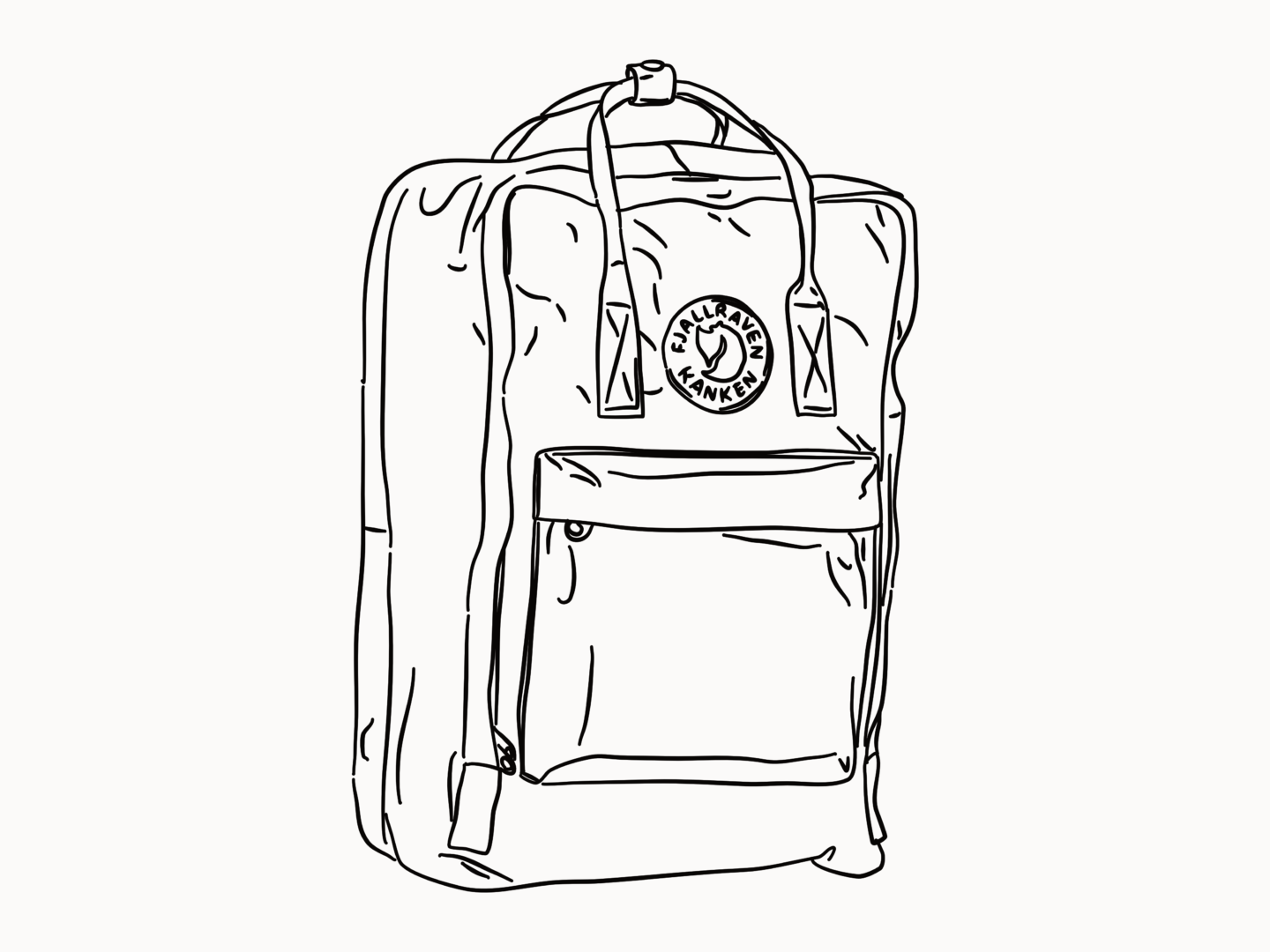
Bag
I use a yellow kanken as my everyday bag, and have done for the last 6 years. It’s the perfect size for everything I need and it’s as sturdy as you like. I love it so much, I’ve written a whole blog post on its design story.
Laptop & charger
The modern-day work essentials. I really do need to get a case for my work laptop though, if anyone has any aesthetically pleasing suggestions please let me know!
iPhone
The other modern-day essential.
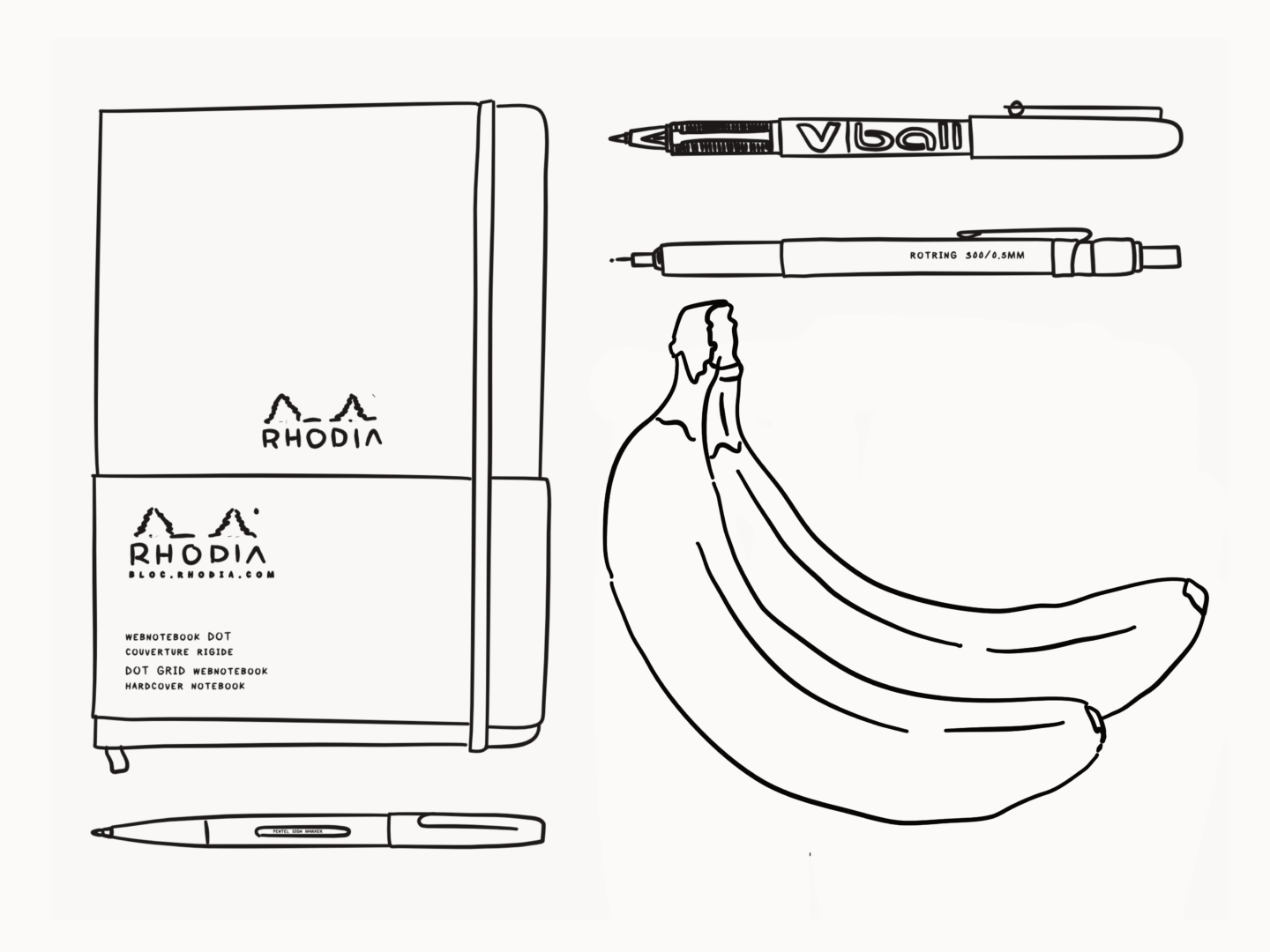
Pencil case
I carry a pretty small pencil case with me for day-to-day use. It’s just about got enough space for a few colours of my favourite Pilot V-Ball pens, 2 pentel sign markers, 2 mechanical pencils, and an eraser. If it’s a good day there should be a Cubitts glasses cloth in there too, but I’ve lost so many.
Journal
I don’t go anywhere without my bullet journal. I’ve written a whole post on how it’s set up, but as a quick overview it’s a Rhodia A5 Webby, which contains everything I have to do. ***LINK***
Notebook
As well as my bullet journal, I also have a work notebook. I find I remember things better if I’ve physically written them down. This one is another dot grid layout, but it’s the largest size of moleskine to give me extra space to sketch my ideas out.
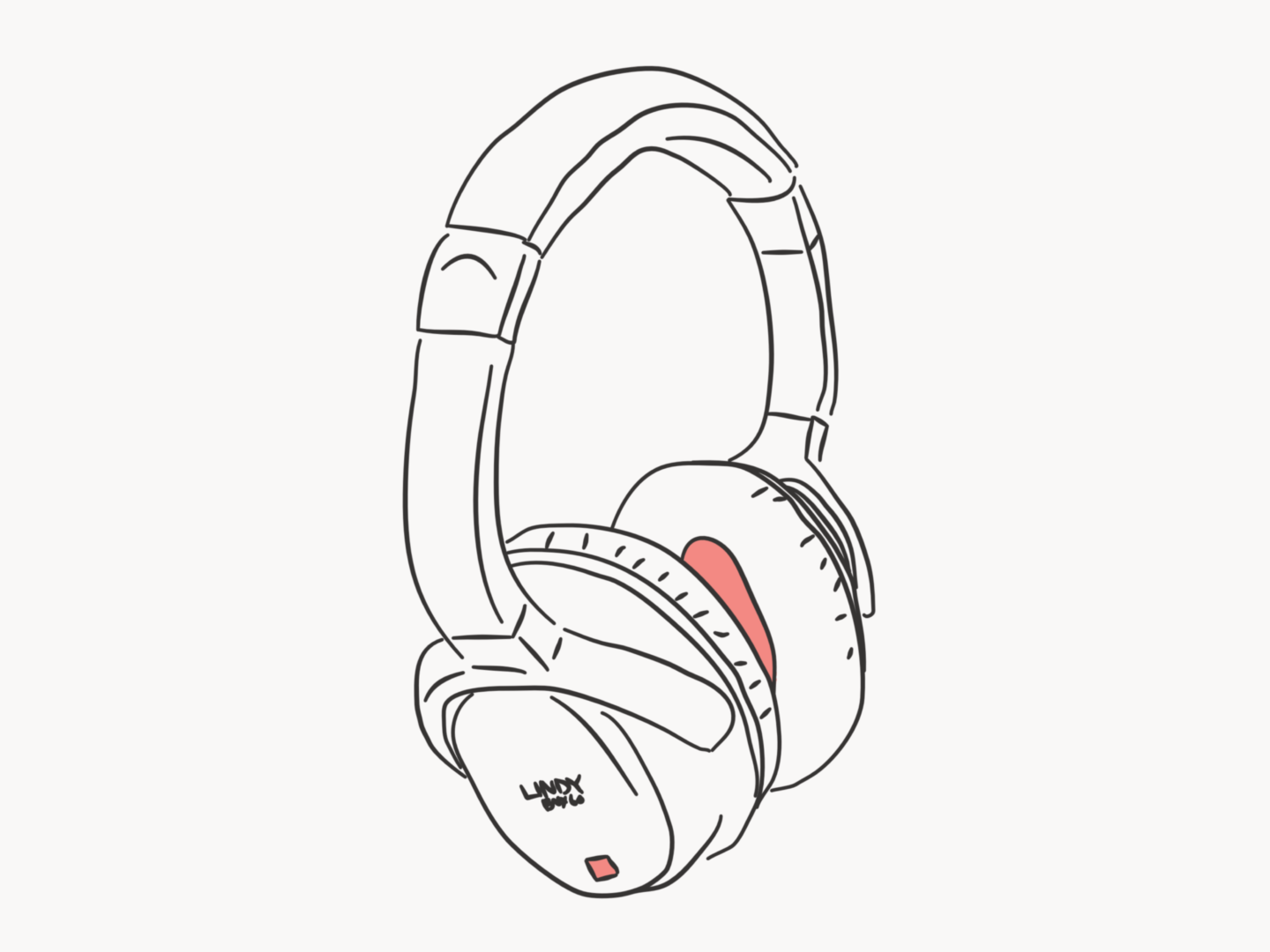
Head phones
I have written many times about my love for my headphones. They’re almost always on my head, so not technically in my bag, but they are with me when I have my bag so that counts right?
S’well
Earlier this year I picked up a S’Well bottle in the sales. It felt like a real indulgence, but it has proven to be such a good purchase, because I’ve got so much use out of it. Mine either contains water (for commute survival) or tea (for when I’m visiting a new office and I don’t know if there will be tea/non-dairy milk) and reminds me to stay hydrated in style.
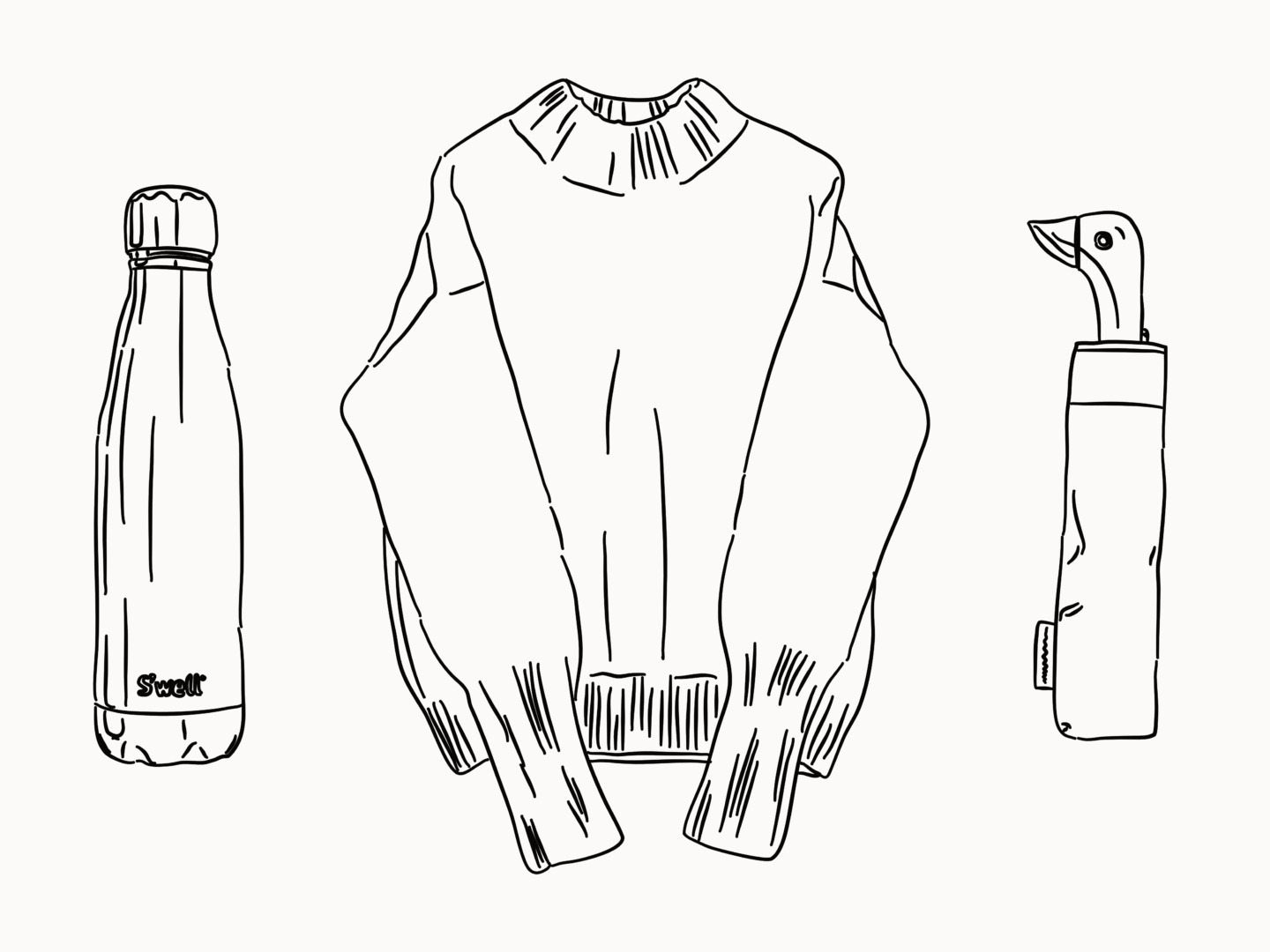
Cool bag w/lunch
I am a big meal prepper so I bring my lunch to work. I keep everything in a (pretty ugly) floral cool bag. I normally have some kind of salad and a selection of fruit which always includes a banana. Again, if anyone has any suggestions of attractive cool bags that are lunch sized please let me know (yes, I am using this post as an open forum to source your recommendations)
Jumper
I take the tube to work, so I go from the cold and grey of outside into the sweaty armpit of hell that is the underground and then back out again every morning. So, I normally keep my a jumper in my bag to allow me to take off as many layers as possible when facing down the Victoria line at rush hour so as to avoid fainting again.
Umbrella
My duckhead umbrella is one of my favourite things in my bag. I got it as a birthday gift last year and it brings me great joy whenever I get to use it, even though that means it’s raining. He sits in the side pocket of my bag when its dry, just peeking out.
Wallet
Penultimate but not pen-ulti-least (is that a thing?) my wallet is always somewhere at the bottom of my bag. It’s always at the bottom. Always hidden under something. Always an absolute pain to get out when I have to pay for something. The wallet itself is a square leather number from &Other Stories and was a grown-up-upgrade/treat-yo-self purchase when I started my job and it has worn so well.
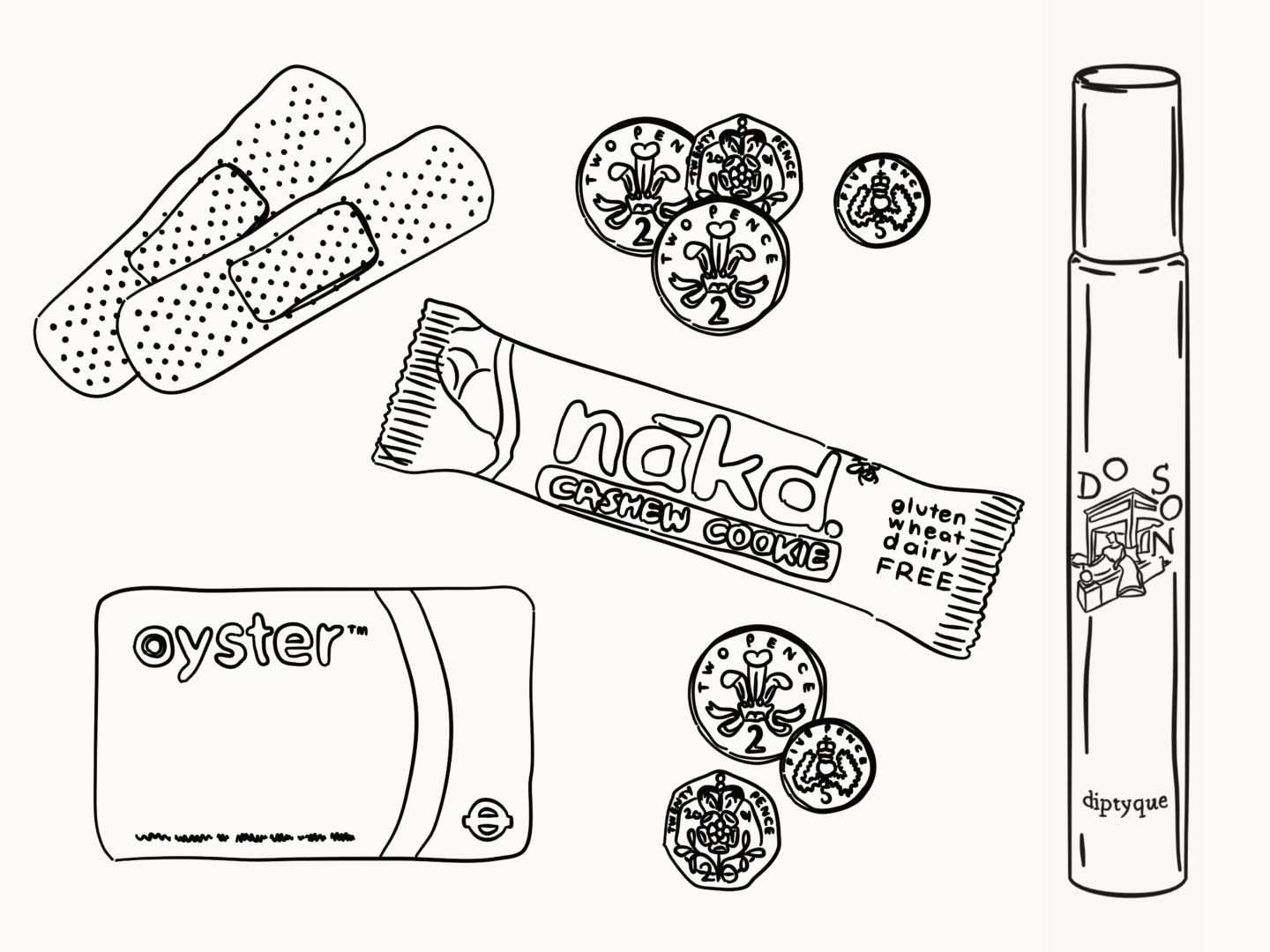
The pocket of wonder
The front pocket of my bag, is essentially Mary Poppins’ carpet bag shrunken down. It contains a multitude of odds, ends, and necessities. We’re talking everything from plasters and paracetamol, to perfume and paw paw balm, tampons, disinfectant, emergency snacks, glasses cloths (for when I lose the one in my pencil case), lose change as well as a pair of back up headphones.

